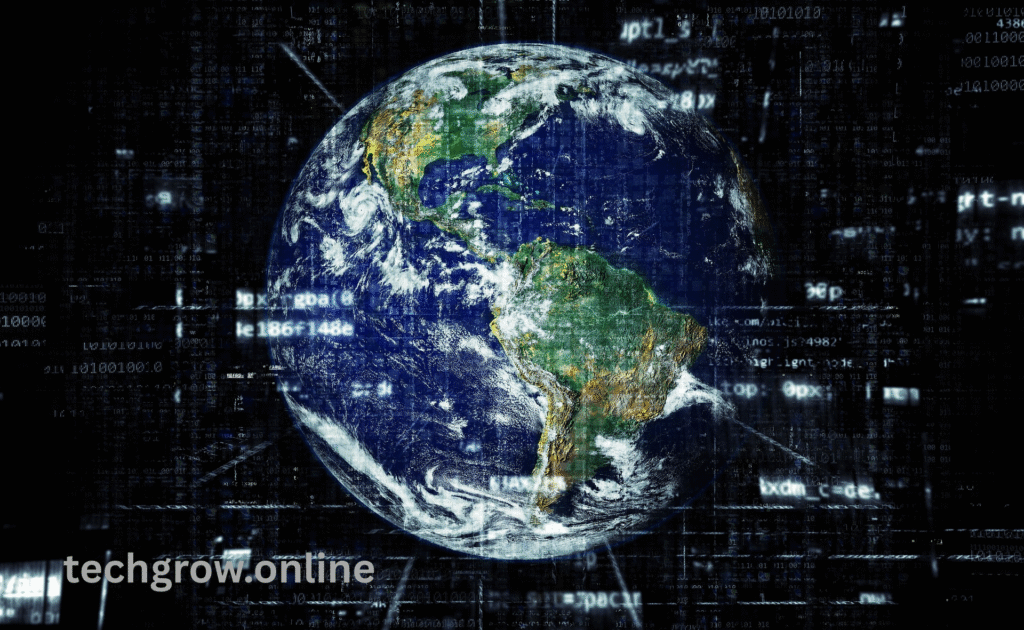Introduction to Subsea Technology News
Subsea technology is revolutionizing sectors like offshore energy, marine science, and telecommunications through the provision of advanced operations under the ocean surface. Subsea technology news in 2025 points to pioneering breakthroughs in autonomous underwater vehicles (AUVs), subsea robotics, and clean energy solutions. The article delves into the most recent developments, uses, and upcoming trends in subsea technology optimized for the keyword “subsea technology news” as per SEO best practices.
What is Subsea Technology?
Subsea technology involves the equipment, systems, and techniques for discovering, observing, and developing seafloor conditions. It enables mission-critical activities such as oil and gas production, offshore wind farms, subsea cable repair, and environmental tracking. Emerging advances in robotics, sensors, and AI pushed subsea technology to new levels in 2025, making it a subject of innovation.

Key Applications of Subsea Technology
- Offshore Energy: Supports offshore oil and gas production and renewable energy ventures such as offshore wind farms.
- Subsea Infrastructure: Monitors and maintains subsea cables and pipelines for worldwide connectivity and transport of energy.
- Marine Research: Enables deep-sea exploration and monitoring of the environment.
- Defense and Security: Underwater surveillance and protection of infrastructure is enhanced.
Latest Subsea Technology News in 2025
The subsea tech industry is rapidly expanding, fueled by advances in automation, sustainability, and deep-sea exploration. Some of the most important news updates in subsea technology for 2025 are provided below, based on recent industry news.
Autonomous Underwater Vehicles (AUVs) and Robotics
Autonomous underwater vehicles are transforming subsea operations. For example, Ocean Aero’s Triton AUSV is used at the Gulfport Port to execute constant subsea surveillance, with bathymetry, side-scan sonar, and magnetometers providing real-time seabed monitoring. The technology is applied to infrastructure protection and environmental monitoring, giving a benchmark for port security across the country. In the same way, Nauticus Robotics’ Aquanaut system has moved from testing to commercialization, executing tasks such as seabed mapping and pipeline inspection. These developments point to the increasing use of AUVs in subsea technology headlines.
Subsea Production and Processing Systems
Subsea production and processing system industry is set to increase from USD 21.63 billion in 2025 to USD 32.53 billion in 2030, with a CAGR of 8.51%. This is spurred by demand for deepwater and ultra-deepwater projects, underpinned by worldwide energy demands. Technologies such as subsea gas compression and all-electric production systems, such as in the Schlumberger, Aker Solutions, and Subsea 7 joint venture, are cutting costs and carbon. These systems improve offshore oil and gas efficiency and help with decarbonization efforts.
Subsea Cable Innovations
Undersea cables, the backbone of international internet connectivity, are a trendy topic in 2025. Airtel’s laying of the longest subsea internet cable globally in India, as part of networks such as SEA-ME-WE-4 and Europe India Gateway, reflects the significance of secure underwater facilities. Nevertheless, events such as the Bali blackout due to severed subsea cables reflect weaknesses. Moreover, fears over intentional cable sabotage, like Taiwan’s suing of a China-associated ship for severing a communications cable, highlight the importance of boosting security.
Remote Vessel Technology
Reach Subsea announced record Q1 2025 performance, spearheaded by its Reach Remote 1 and 2 vessels, which have finished pilot programs for seabed mapping, pipeline inspection, and ROV intervention. The unmanned vessels are now moving into commercial work, highlighting the future of remote technology to decrease costs and enhance efficiency in subsea operations. This is a significant highlight in subsea technology news, signifying the industry’s move toward automation.
Sustainability and Environmental Emphasis
Environmental emphasis is a strong theme in subsea technology news. Reach Subsea’s zero lost time incidents goal and unmanned vessel operations are in keeping with industry standards of environmental stewardship. In the same vein, Ocean Power’s AI-enabled PowerBuoy on the U.S. East Coast incorporates subsea sensors to monitor the environment in support of sustainable energy solutions. These actions are a nod to the industry emphasis on maintaining technological progress in harmony with the environment.
Industry Leaders Driving Subsea Innovation
Some companies are leading the development of subsea technologies in 2025:
- Subsea 7 S.A.: Declared a NOK 13.00 per share dividend at its 2025 AGM, a testament to solid financial performance in the subsea services sector. The company is involved in a joint venture with Schlumberger and Aker Solutions to drive subsea production technologies forward.
- Ashtead Technology: The premier supplier of subsea solutions to the offshore energy market, with more than 85% of its equipment dual-use between oil and gas and offshore wind farms. Its Annual General Meeting is on May 22, 2025, in London.
- Ocean Aero: Its Triton AUSV is revolutionizing port security and subsea monitoring, with applications in oil and gas and defense.
- Nauticus Robotics: Pioneering autonomous subsea robotics with the Aquanaut system, presented at the DeepStar Technology Symposium in May 2025.
Challenges and Risks in Subsea Technology
Subsea technology, with all its progress, has challenges:
- Security Threats: Suspected sabotage attempts, like Russian-linked cable cuts in the Baltic Sea and Chinese ships cutting Taiwan’s cables, expose subsea infrastructure vulnerabilities. NATO and nations such as Denmark are spending on naval vessels and drones to defend these assets.
- Environmental Issues: Deep-sea exploration and mining bring ecological issues to the forefront, which necessitate sustainable methods.
- Higher Costs: Creating and implementing subsea technologies, including AUVs and all-electric systems, involves heavy investment, although innovations are leading to declining costs.
Future Trends in Subsea Technology
Subsea technology news in 2025 identifies promising trends that will define the industry’s future:
- AI and Machine Learning: AI-based systems, such as Ocean Power’s PowerBuoy, will augment real-time analysis of data for subsea exploration and monitoring.
- Unmanned Operations: The transition to unmanned ships, as in the case of Reach Subsea’s Remote program, will minimize operational risks and expenditures.
- Sustainable Energy Integration: Subsea technologies will assist offshore wind and wave energy developments, in line with global decarbonization efforts.
- Advanced Materials: Technologies like SubseaBullseye’s Clearview™ slope indicators will enhance durability and accuracy in subsea operations.
Conclusion
Subsea technology headlines in 2025 highlight the speed of industry development driven by breakthroughs in AUVs, subsea production systems, and cable infrastructure. Subsea 7, Ashtead Technology, and Ocean Aero are at the forefront, offering solutions for offshore energy, telecommunications, and environmental monitoring. There have been challenges such as security threats and environmental issues, yet the direction of the industry towards sustainability and automation holds prospects for a radiant future. By being aware of these innovations, stakeholders can use subsea technology to unlock prospective opportunities in the subsea frontier.
